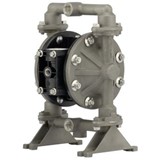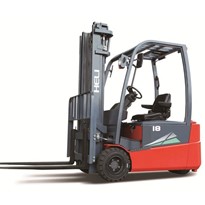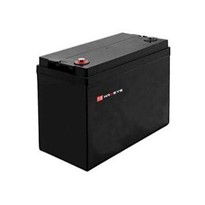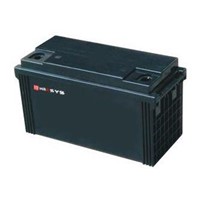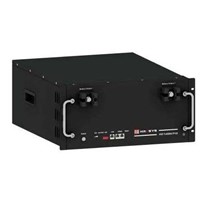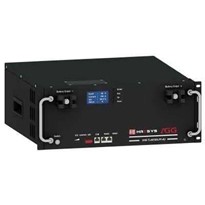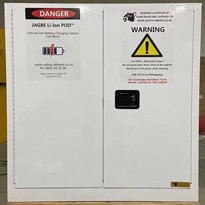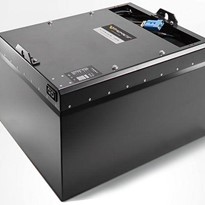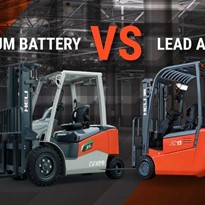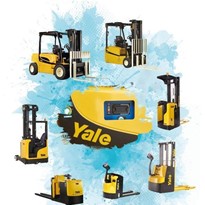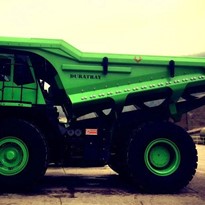Although Australia Ranked 16th among nations that emitted the most carbon dioxide in 2018, it ranked 3rd among nations when carbon emissions were calculated on per-capita emissions i.e. when the populations of each country were accounted for. This represents a concerning stat for Australia.
There has been a decline in greenhouse gas emissions due to lower economic activity because of the global COVID-19 pandemic, Australia has not yet implemented an effective climate policy yet. To maintain these declining levels of GHG post pandemic, we have to implement a more sustainable approach in our daily lives.
The material handling industry has already started to embrace the concept of sustainability with warehouses, small businesses, distribution centers implementing sustainable practices. These initiatives offer various MHE businesses to potentially save money and resources. As reducing carbon emissions without sacrificing operational efficiency remains a major problem for businesses globally electric, we believe we have a solution in the electric forklift. Choosing an electric forklift will immediately reduce carbon emissions as battery operated forklifts produce zero emissions making them an ideal choice for daily warehouse usage and large-scale operations.
The Lithium-Ion Option:
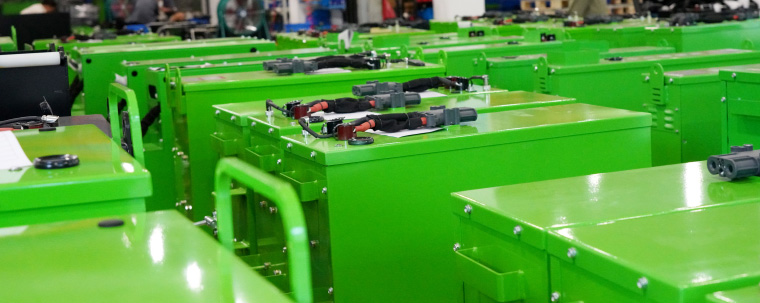
Although more expensive than the Lead-acid and the Nickel Cadmium batteries it is the most environment friendly option. They are completely maintenance free as they require no filling being gas free and are completely pollution free. They offer ‘opportunity charging’ making them excellent solutions for business that operate 24/7 that don’t have much downtime periods. They recharge much faster than alternative options therefore requiring only one battery per machine instead of two or more lead-acid batteries per forklift to maintain operations. They are also know to last longer as they degrade at a much slower pace than the other options due to charging as they have smart battery management systems which makes them excellent energy savers.
Here are also some of the benefits an electric forklift can offer:
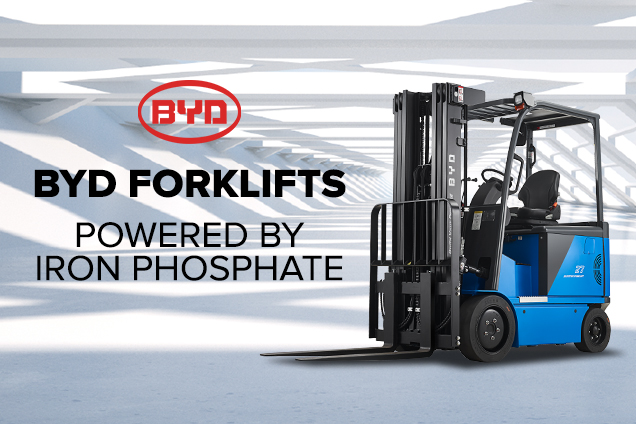
Help Reduce Carbon emission:
Electric forklifts are zero emission material handling equipment, as they do not use any gas or fuel as a form of fuel. Carbon dioxide is one of the most dangerous greenhouse gas. A report by Economics for Equity and Environment forecast that the environmental damage cost will rise upto to almost 2100 AUD per ton of CO2 emission. Forklifts can be a major contributors for business to reduce their emissions.
IC Forklifts emit more than 120,000 more pounds of carbon emissions than electric forklifts for every 10,000 hours of operations.
Help Cut Maintenance Costs:
IC powered forklifts require regular maintenance like constant watering, refilling oil or replacing oil filters, spark plugs, etc. This leads to increased maintenance costs that can be 30 to 40 percent higher compared to electric forklifts over the lifetime of the machine.
Increased Productivity:
Machine downtime negatively impacts the productivity and efficiency of a business lowering output. As electric forklifts require less maintenance as they do not need watering and oiling and have the opportunity charge feature, which means less down time and higher availability for usage. This time saving will increase productivity of the machine.
Lower expenditure on Forklift:
Electric forklifts provide immediate and continuous savings as they do not require fuel and the does not require you to have a dedicated space for charging with ventilation to be built out.
Increased work space:
Electric forklifts eliminate the need for outdoor gasoline or propane storage. Opportunity charging on electric forklifts also eliminate charging stations, also reduce battery inventory freeing up valuable floor space for inventory, additional work station, etc.
Conclusion:
Therefore, we believe electric forklifts have the potential to be a major factor in reducing carbon emissions leading to an eco-friendly surrounding. Conversion to electric forklifts also improves the bottom line because of savings on maintenance and fuel while enhancing operational output.






